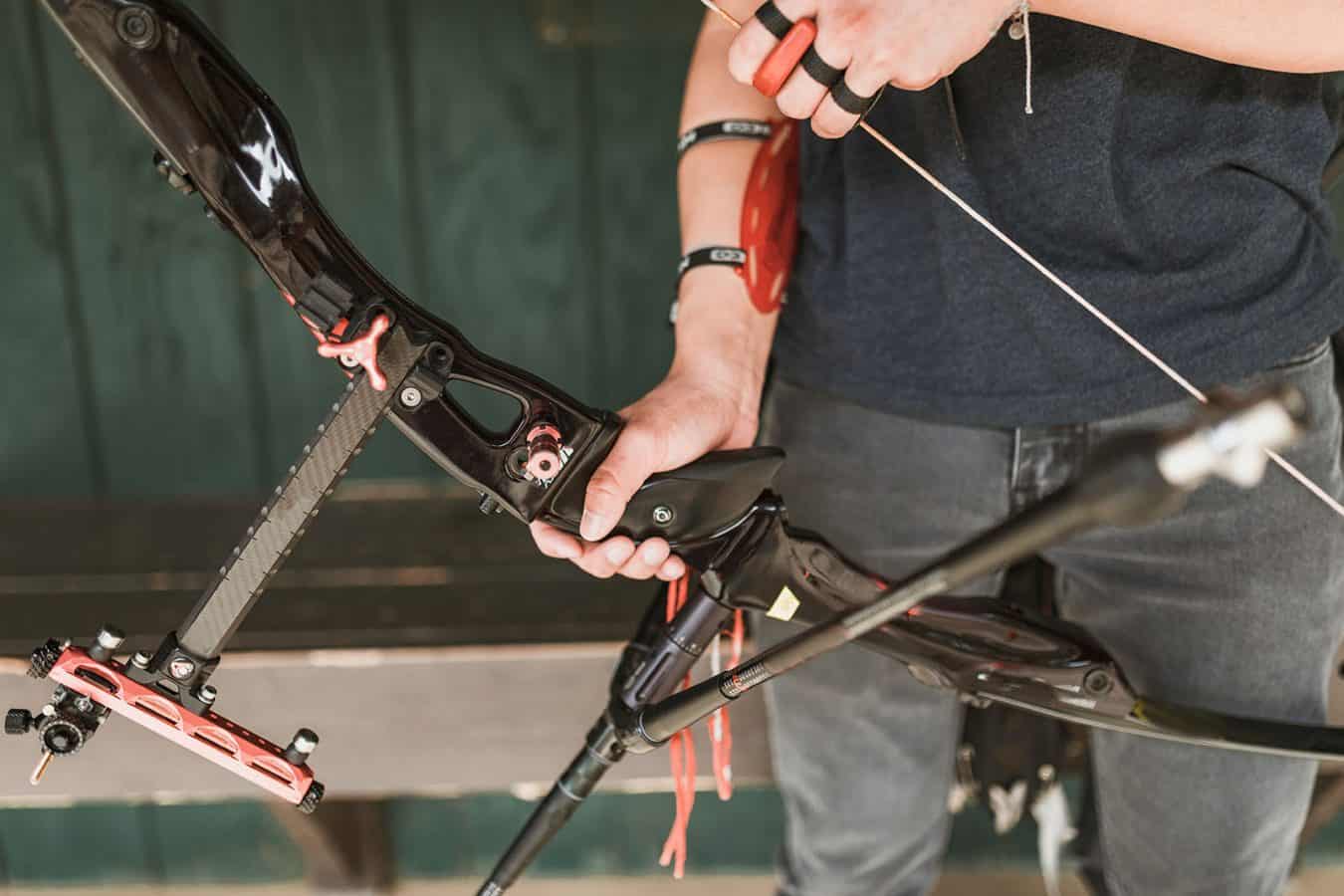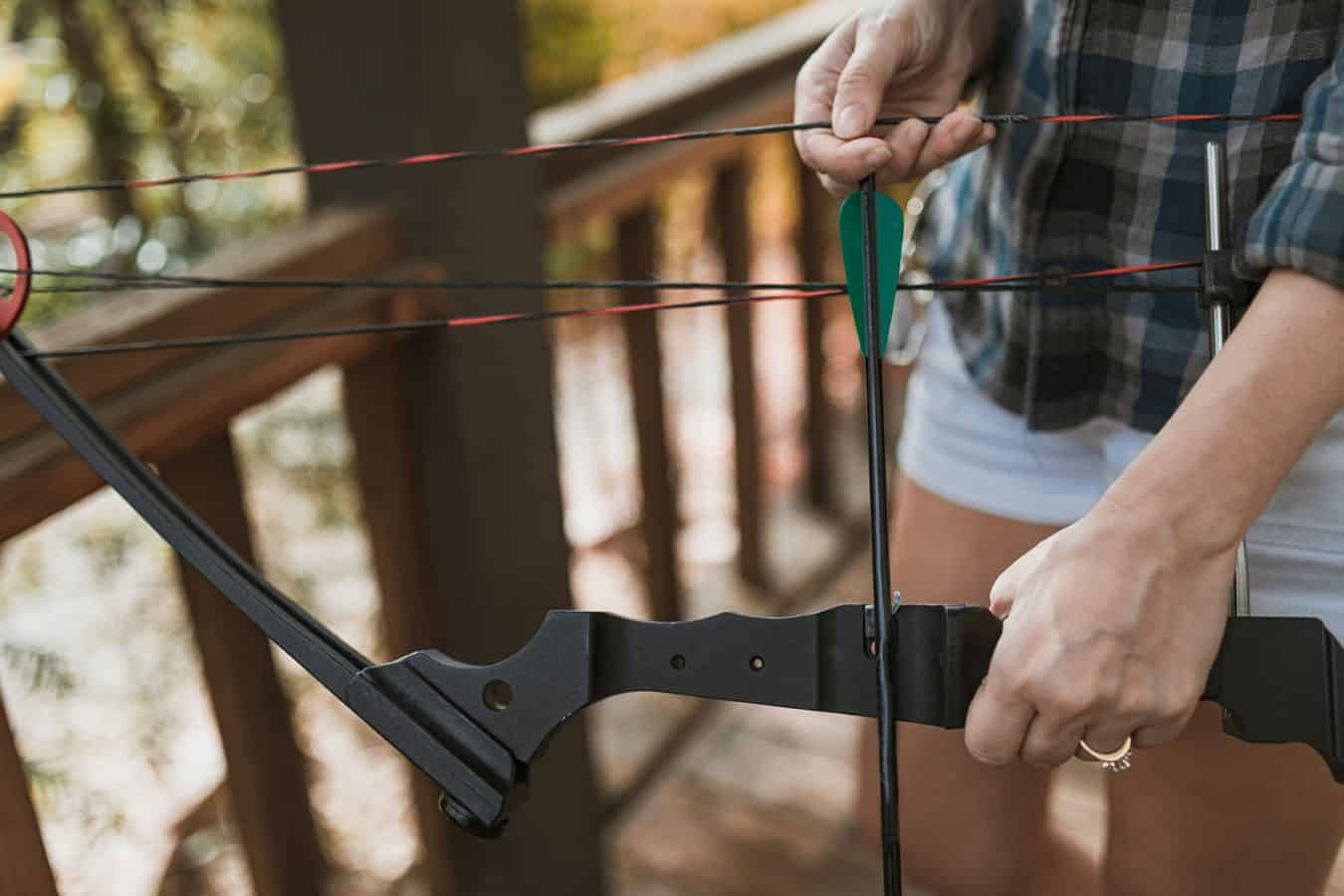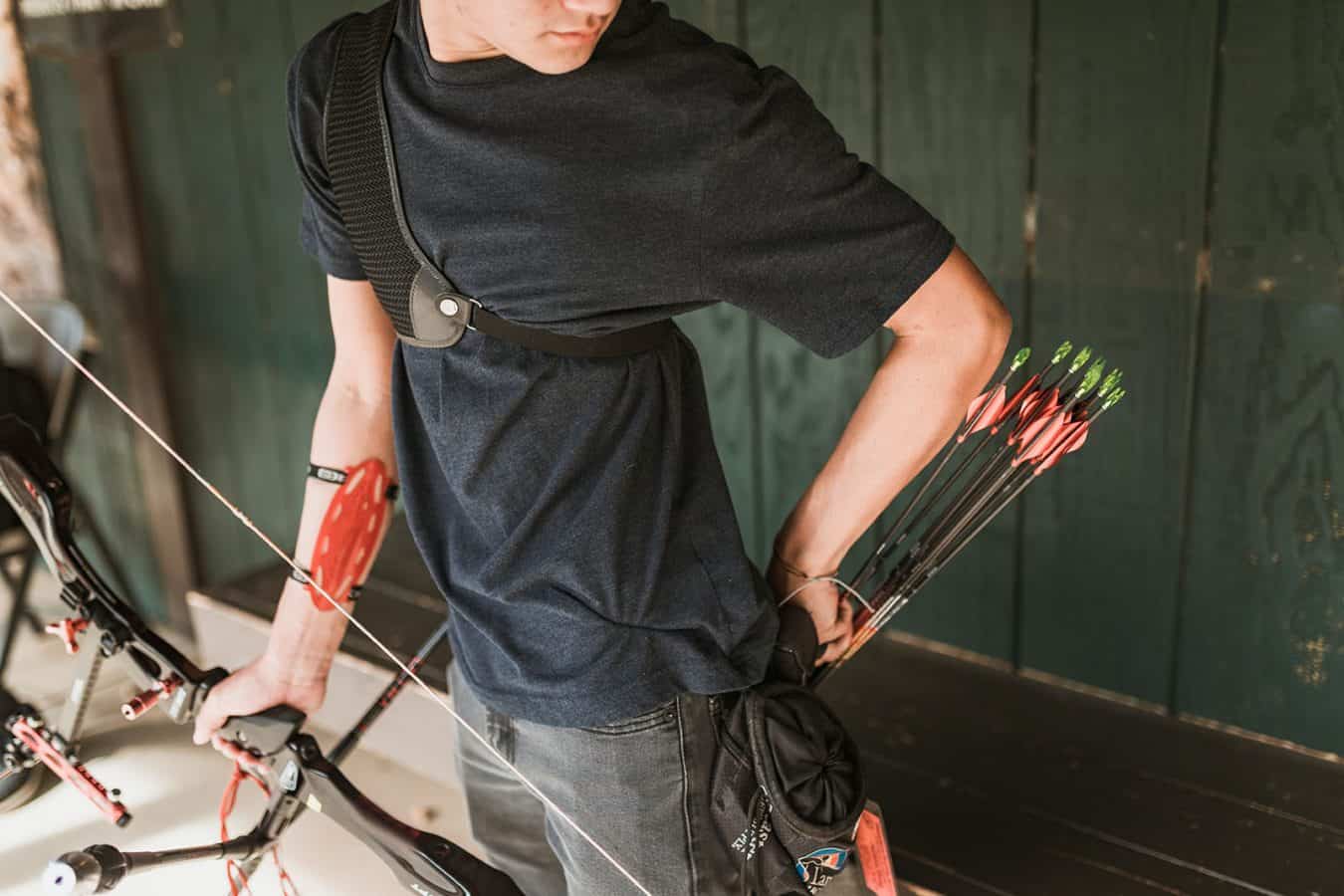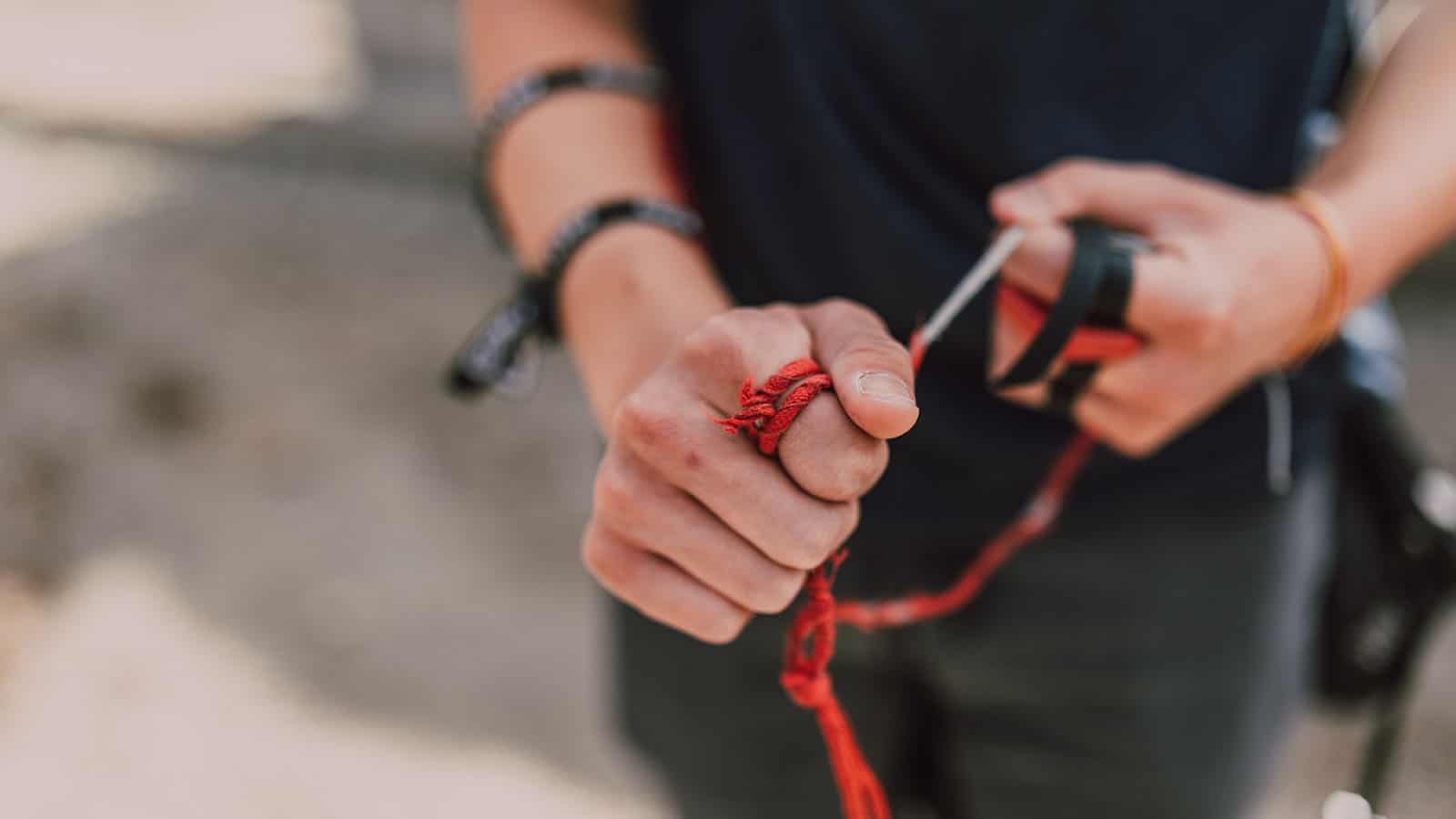Learning how to string a recurve bow is one of the most fundamental things that you should learn as a beginner archer. Besides, stringing a recurve bow the proper way will expand the lifespan of the bow and strings.
While it may seem like a difficult process, with the right tools and equipment, you will be able to successfully string a recurve bow. This tutorial will guide you to do just that!
Things you will need
A bow: There are many different brands of bows out there. Look for the best recurve bow that will suit your needs.
A bowstring
A bow stringer (unless you are stringing by hand): Selway Limbsaver Recurve Bow Stringer is a crowd favorite.
How to string a recurve bow with a bow stringer

Stringing a recurve bow is significantly simpler than the process of stringing a compound bow. This first method helps you to string a recurve bow with a stringer.
It teaches you how to use a bow stringer to string your recurve bow. Doing so allows you to string your recurve bow without damaging your bow’s limbs.
1. Buying a bow stringer
When choosing a bow stringer, choose one that is designed for a recurve bow, and intended for your bow’s length and draw weight. You should also make sure that the ends of the stringer fit well over your bow’s limb tips.
2. Preparing your bow for stringing
Before you can string your bow, you have to prepare it for the stringing process. Install its limbs according to the manufacturer’s instructions. Then, locate the top string loop. If you have problems identifying the top and bottom loop, keep in mind that the top loop is larger.

3. Placing the string over the bow tips
In this step, it is important to make sure that the bowstring is on the right side up. To do so, hook the bottom loop of the string around the bottom of the bow. Make sure the bottom loop fits well and snugly.
Then, hook the string’s large loop over the bow’s upper limb. For the top loop, you do not have to place it in the groove just yet. You can allow it to sit in a relaxed position on your recurve bow.
4. Placing the stringer pocket on the lower limb tip
Just like you attached the bowstring one side at a time, attach the bow stringer by starting with one limb at a time. First, fit the stringer pocket over the lower limb tip. For those of you whose bow stringer has two pockets, a pro tip for you is that the larger one fits over the lower limb.
5. Placing the smaller pocket or saddle onto the upper limb
As mentioned, if your bow stringer has two pockets, you should place the larger one over the lower limb. The Smaller pocket will thus be over the upper limb tip. On the other hand, if your stringer has a saddle, which is a leather or rubber pad, on one end, slide it over the top limb and just behind the string loop.
6. Positioning the bow horizontally

This step is about getting the bow in the right position for you to safely proceed. Hold the bow grip with your. Hold it horizontally such that your dominant hand is near the bow’s upper limb. The limb tips on your non-dominant hand should point upward, while the bowstring and stringer face down.
7. Stepping on the bow stringer
Next, step on the bow stringer with both your feet. You may have to bend down for this if you are tall. Your feet should be about a shoulder-width apart and your bow should bend, making it possible for you to put the top loop in place. Be sure that it is in place tightly and securely.
8. Lowering the bow
Slowly lower your bow and remove the bow stringer. Please be careful at this step because if any part of your bow is loose, it may hurt and injure you.
9. Checking your bow
Check your bow thoroughly to ensure that the string is secured in both string grooves. Your bow is now freshly strung and you are ready to go!
How to string a recurve bow by hand: Step-by-step guide

If you are unable to get your hands on a bow stringer or prefer to take the old school method to restring a bow, here is how you can string a recurve bow by hand, without a stringer.
1. Hooking the bottom loop of the string
Hook the smaller bottom string loop into the string groove of the bottom limb.
2. Stepping through the bow and string
While holding the top of the recurve bow in one hand, hold the top loop of the string in your other hand. Then, step into the bow.
3. Positioning your bow
Hold your bow such that the bottom limb of the recurve bow is resting on your shin. The grip should be on the back of your other knee.
4. Bending the bow
Now, bend the bow slowly and safely, then attach the top loop.
5. Check the string and step out
Confirm that the top string sits in its groove securely before stepping out of the bow. After stepping out, check that each end of the bowstring is seated correctly and securely. Your recurve bow is now strung. To unstring a recurve bow, simply reverse these steps!
A useful video for you…
For those of you who are still freaking out about stringing your recurve bow, check out this video which clearly explains how you can string and unstring your bow without a stringer. The video includes great tips and tricks for beginners as well.
Conclusion
Remember, learning how to string a recurve bow is essential for your safety. It will also allow you to experience archery more effectively enjoyably!
We hope you enjoyed reading this guide as much as we enjoyed writing it! If you have other tried and tested tips and tricks that you would like to share with fellow archers out there, be sure to leave a comment below.
